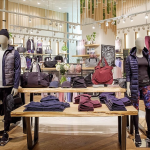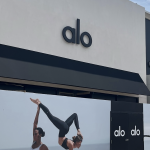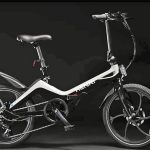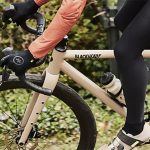Amid big sales gains in urban and commuter bikes, REI has launched a new website to dispel myths of cycling that it says have created a barrier to even greater sales.
The new site (rei.bikeyourdrive.com) includes how-to videos to break down barriers discouraging potential bikers. It also includes calculators that allow cyclists to record their mileage and calculate the calories burned, carbon emissions reduced and money saved by riding a bicycle instead of driving.
“In any other country in the world the bike is used for transportation,” REI Cycling Product Manager Brian Foley told The B.O.S.S. Report last week. “In the U.S., its been almost exclusively recreationally based for fun and fitness and thats what we are trying to change. There are errands that people have that they can do with urban bikes in an urban setting and not have to get all dressed up in Lycra.”
Foley said REIs sales of urban and commuter bikes have been growing at a 40% to 50% clip this year. Thats twice the rate of REIs overall bike sales, which have been growing in the 20% to 25% range the last three years. The co-ops strongest performers in 2008 include Cannondales Bad Boy series in the $750 to $1,350 range and REIs Novarra Buzz series, which retail for $450 to $800.
Still, Foley is convinced that REI is merely skimming the surface of the market. Today, less than 1% of all U.S. trips are made by bicycle even though 40% of most trips are one mile or less.













